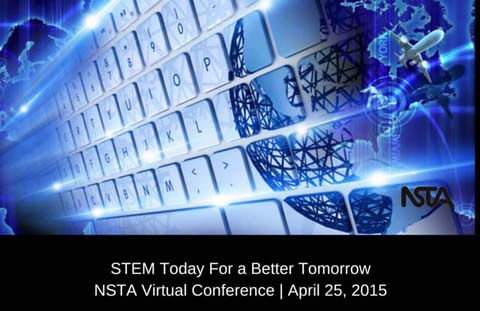STEM Today for a Better Tomorrow: Coming to You, Virtually, April 25
By Lauren Jonas, NSTA Assistant Executive Director
Posted on 2015-04-14
The next NSTA virtual conference (STEM Today For a Better Tomorrow) is happening Saturday, April 25, 2015, 10 a.m. – 6 p.m. ET. Participants will follow one of three strands (Elementary, Secondary, or Administrator)—or mix and match sessions if they prefer—and do the following:
- Learn from STEM educators who are implementing STEM programs and activities
- Meet and network with other teachers and administrators interested in STEM
- Learn about post-conference, STEM-related opportunities available via NSTA
Leaders to Learn From
What’s the best thing about this virtual STEM conference? The people, of course! Meet a few of the presenters, and get a sense of why this unique online learning environment is the perfect way to understand the role that STEM education plays for students interested in pursuing STEM careers.
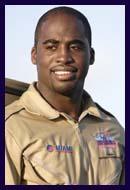 Barrington Irving became the youngest person to fly solo around the globe. On his 97-day journey, he flew 30,000 miles in a single-engine plane called Inspiration. Irving’s educational initiative, the Flying Classroom (launched in 2014 from Washington, D.C.), will embark on two more rounds of Flying Classroom expeditions in the U.S. and abroad in September 2015 and 2016.
Barrington Irving became the youngest person to fly solo around the globe. On his 97-day journey, he flew 30,000 miles in a single-engine plane called Inspiration. Irving’s educational initiative, the Flying Classroom (launched in 2014 from Washington, D.C.), will embark on two more rounds of Flying Classroom expeditions in the U.S. and abroad in September 2015 and 2016.
“Can’t wait to share my story of how STEM changed my life when I thought football was everything. From the football field, I now explore the world as a record-setting pilot and continually discover amazing careers within STEM.”
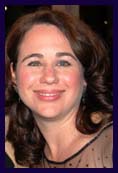 Laura Mackay is a science coach and magnet liaison at an elementary STEM magnet program at Ed White Elementary in El Lago, Texas.
Laura Mackay is a science coach and magnet liaison at an elementary STEM magnet program at Ed White Elementary in El Lago, Texas.
“Creating a new STEM program at a school is a difficult process; there is so much information, it’s hard to know where to start! I know I was overwhelmed trying to figure out how to build capacity in teachers to create a new STEM program. Even though I had helped design a gifted magnet school and a two-way immersion magnet program, STEM seemed very different. But I learned that the process of building capacity in teachers to change a school is basically the same. So, now I look forward to sharing an easy way for administrators to structure a process that allows teachers to build a program that best suits their students’ needs. The goal is to get others involved in learning and creating so that the workload is shared. This process works with building any type of new initiative in a school, not just a STEM program.”
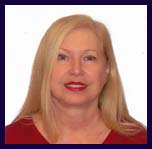 Brenda Wojnowski is CEO and president of WAI Education Solutions, an education-focused consulting firm geared toward non-profit, school system and university clients.
Brenda Wojnowski is CEO and president of WAI Education Solutions, an education-focused consulting firm geared toward non-profit, school system and university clients.
“The webinar Celeste Pea and I are presenting highlights professional development models and approaches used by several states and districts to significantly improve teaching and learning in one or more areas of STEM education. The goal for each model or approach is to develop teachers’ and students’ knowledge and skills, and, ultimately, to improve student achievement in STEM education.We are excited to share this information and hope many educators will find it useful.”
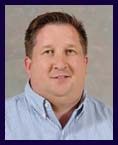 Eric Brunsell is an assistant professor in the Department of Curriculum and Instruction and the Excel Center at the University of Wisconsin – Oshkosh.
Eric Brunsell is an assistant professor in the Department of Curriculum and Instruction and the Excel Center at the University of Wisconsin – Oshkosh.
“I am excited for the STEM Virtual Conference for many reasons. Interest in STEM education is high, but often these discussions are isolated or result in new programs or courses. If we really want to have a positive impact on students’ understanding of STEM disciplines and careers, the efforts need to be made in our core academic areas. So, what does STEM mean in a traditional middle or high school science classroom? I will share some structures and examples during my session. I also hope that there is a rich and active discussion.”
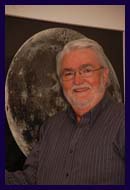 Jim O’Leary is the Maryland Science Center’s lead space science and astronomy specialist and has hosted a radio program for 12 years on the local NPR affiliate, examining the latest developments in space science and astronomy.
Jim O’Leary is the Maryland Science Center’s lead space science and astronomy specialist and has hosted a radio program for 12 years on the local NPR affiliate, examining the latest developments in space science and astronomy.
“I’m really looking forward to sharing the great images of the Hubble Space Telescope and the science behind them. Hubble is coming up on 25 years in space and has taken thousands of spectacular images and taught us new things about the universe. I know these images can inspire students to wonder about the cosmos and even pursue STEM careers. And being in Baltimore, we’re thrilled to be the home of the Space Telescope Science Institute, where all of Hubble’s science takes place.”
The mission of NSTA is to promote excellence and innovation in science teaching and learning for all.
Future NSTA Conferences
2015 STEM Forum & Expo
2015 Area Conferences
One Last Look at #NSTA15 Chicago
To see more from the 2015 National Conference on Science Education in Chicago, March 12-15, please view the #NSTA15 Facebook Album—and if you see yourself, please tag yourself!
Follow NSTA
Disclaimer: The views expressed in this blog post are those of the author(s) and do not necessarily reflect the official position of the National Science Teaching Association (NSTA).



